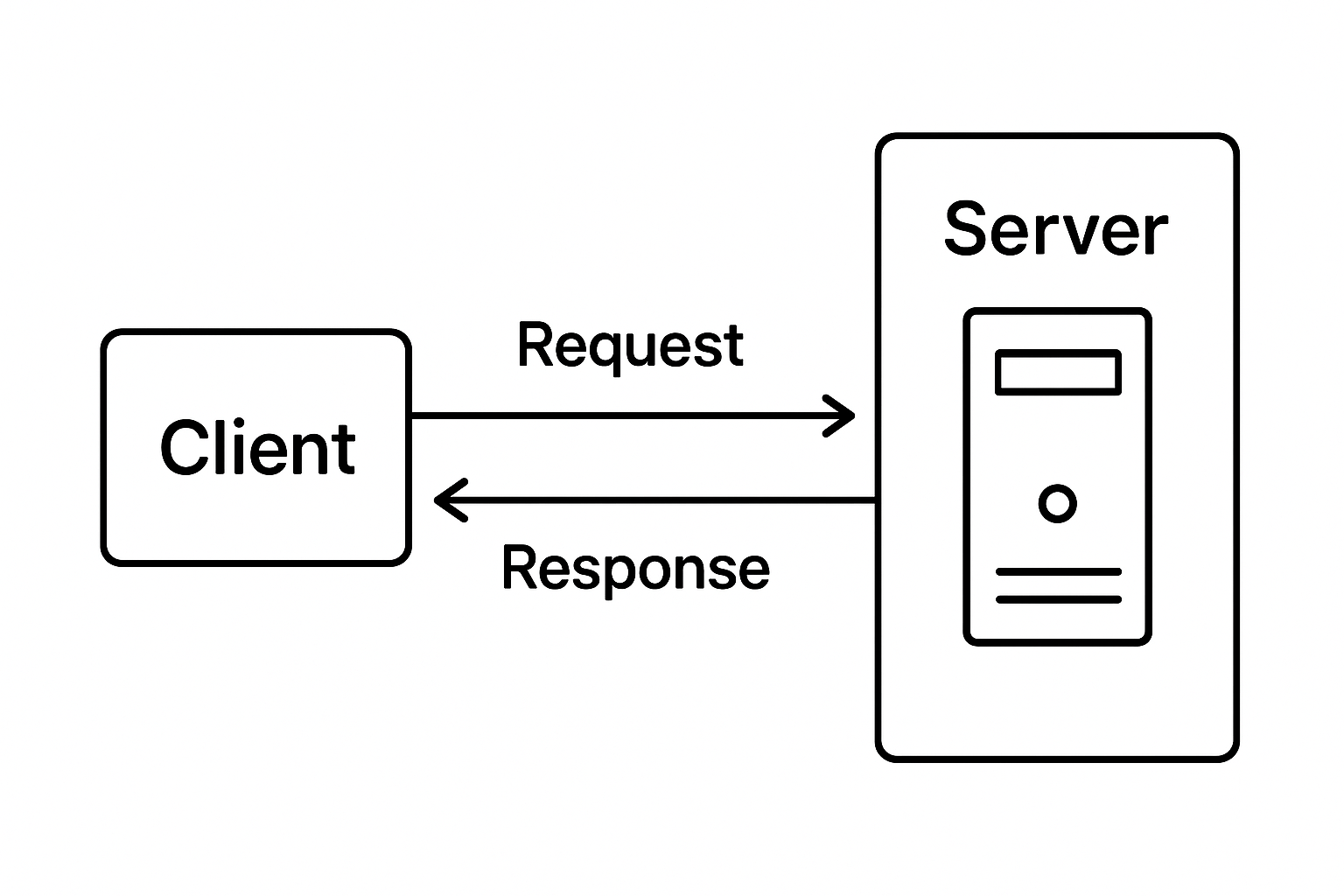Client Server Software Testing
Client Server Software Testing
Client Server Testing is a process of testing applications that work in a distributed environment, where the application is divided into two parts:
-
Client (Front-End): The user interface or application that interacts with the user.
-
Server (Back-End): The system that stores data, handles business logic, and responds to client requests.

Client Server Model
The Client/Server computing model is a tiered architecture. In this model, there is a distribution of presentation services, application code, and data across clients and servers. A Client/Server system has several layers, which can be visualized in either:
- Conceptual manner
- Physical manner
Viewed conceptually, the layers are as follows:
- Presentation
- Process
- Database
Viewed physically, the layers are as follows:
- Client
- Server
- Middleware
- Network
The main types of Client/Server architectures are as follows:
- 2-tiered architecture
- modified 2-tiered architecture
- 3-tiered architecture
Key Areas in Client/Server Testing
Client/Server testing consists of testing different components:
-
Functionality Testing – Check if requests from the client are processed correctly by the server. Testing the server’s functionality
- UI Testing – The client’s user interface
-
Compatibility Testing – Ensure the client works on different operating systems, browsers, or devices.
-
Database Testing – Validate data storage, retrieval, and consistency in the database.
-
Load & Performance Testing – Verify the server can handle multiple client requests simultaneously.
-
Security Testing – Check for proper authentication, authorization, encryption, and data security.
-
Recovery Testing – Ensure the system recovers gracefully after failures or crashes.
Testing Client/Server software cannot be planned from the perspective of traditional software testing activities. In a Client/Server testing plan, specific considerations, such as different hardware and software platforms, network and database server performance issues, data replication and processes across networked servers, etc., need to be addressed.


